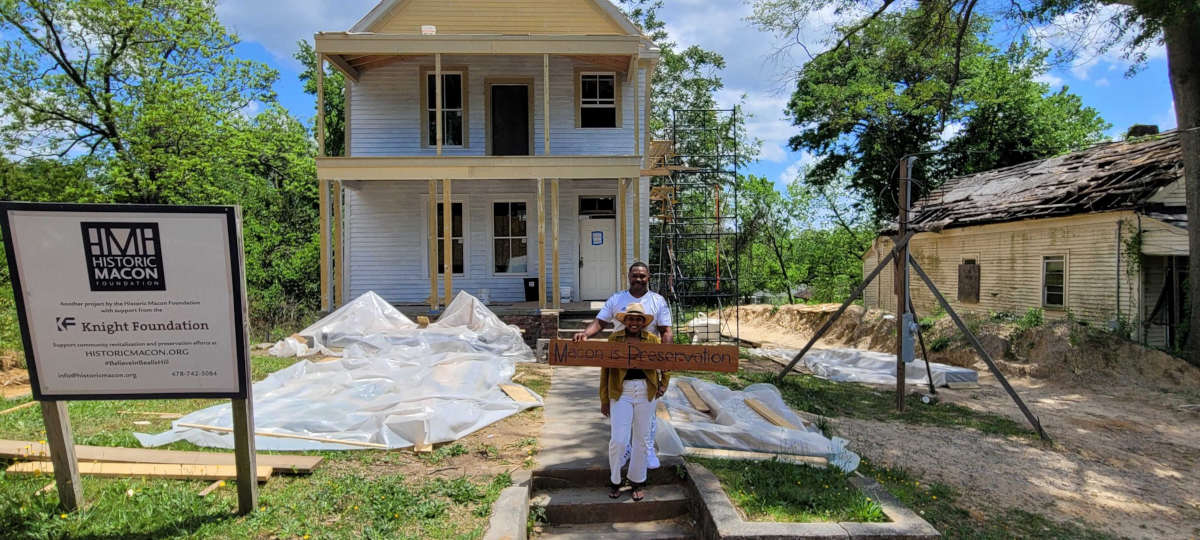
Creating safe passage for historic building from one generation to the next
Photo credit: Historic Macon Foundation
Historic Property Redevelopment Programs: Resource Guide
Introduction
What is a historic property redevelopment program or a revolving loan fund? How can your organization transform older properties into homes, businesses, and assets for your community? A project of The 1772 Foundation and the National Preservation Partners Network, this online resource guide is a compilation of practical experience, profiles, and tools to inspire, inform, and aid. It is also a work in progress. As more sections are written, functionality will be increased, so check back often. Have a project, story, model, or tool you want to share? Email us here.
What is a Historic Property Redevelopment Program (HPRP)?
Historic properties redevelopment programs (HPRPs), sometimes known as revolving funds, are proactive programs that use strategies such as purchase/resale, easements, options, tax credits and other means to preserve historic buildings. When a building is returned to private ownership (hopefully realizing a return on investment) any proceeds realized as a result of the transaction are used to rescue another endangered property.
Nonprofit preservation groups across the country have successfully repurposed thousands of buildings using these techniques. In the process, they have partnered with local stakeholders to tackle big issues, like economic revitalization, neighborhood development, equitable housing, and smart growth.
Groups are working not only to stabilize the built environment of their communities, but also to address the social, environmental, and economic issues endemic to their localities. Foundations and other funding sources provide real estate education, fellowships, feasibility studies, and business plans, in addition to providing working capital to existing programs through grants and loans. Active real estate intervention of the kind practiced by HPRPs is critically important to the field of historic preservation.
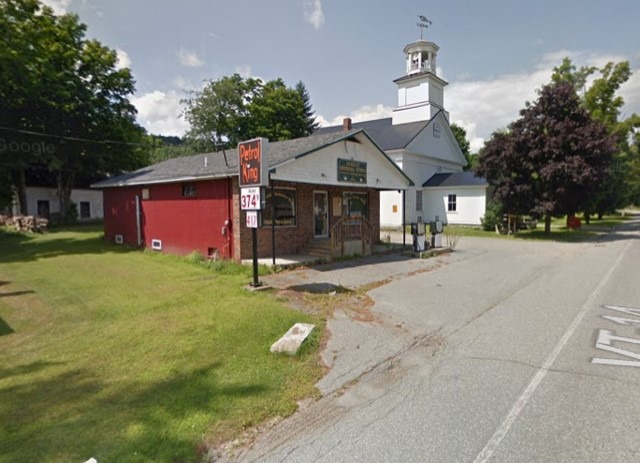
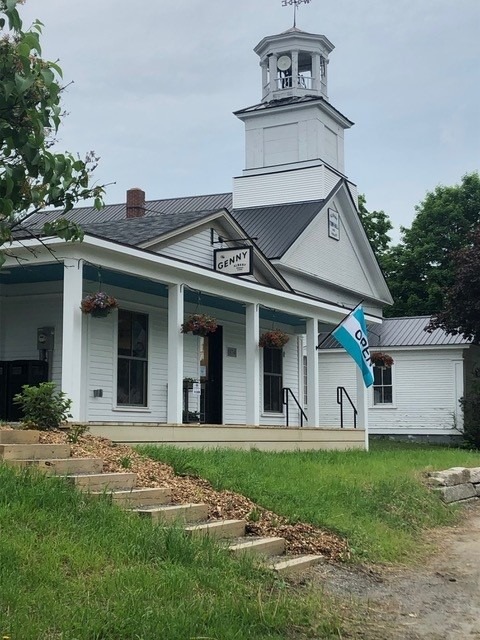
Models
Historic property redevelopment programs take a variety of forms, ranging from acquisition to homeowner grants to everything in between. Several involve partnerships with cities, state government, land trusts, and other non-profits. Below are some of the most common models with links to more information about each.
Buy, Rehab, & Sell
One of the fundamental ways that nonprofits are able to keep reinvesting in neighborhoods is to sell the property once it is stabilized or rehabilitated. Earned revenue is put back into the fund to finance additional projects.
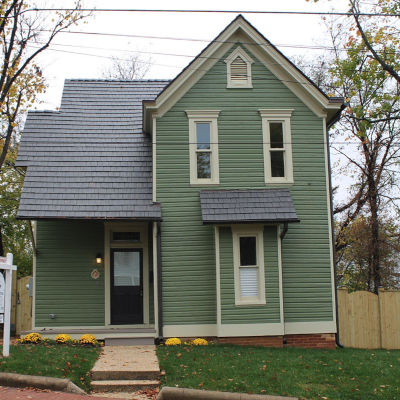
Community Land Trusts
The community land trust model is often used to create and sustain affordable housing in hot markets. A powerful tool that protects historic buildings, increases housing options for individuals and families, and helps stabilize real estate in hot markets.
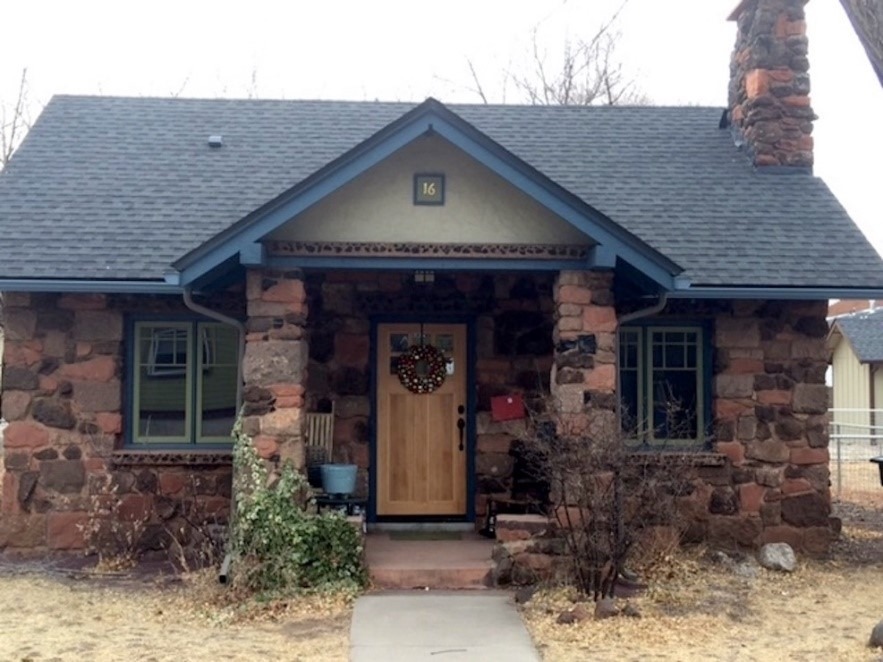
Property Owner Loans
Access to capital for stabilization, repairs, and rehabilitation, or to correct code violations, is a powerful tool to ensure a property’s survival and continued or new use. Preservation organizations around the country provide low or even no-interest loans to property owners to repair their homes or businesses and to buy time for a new use.
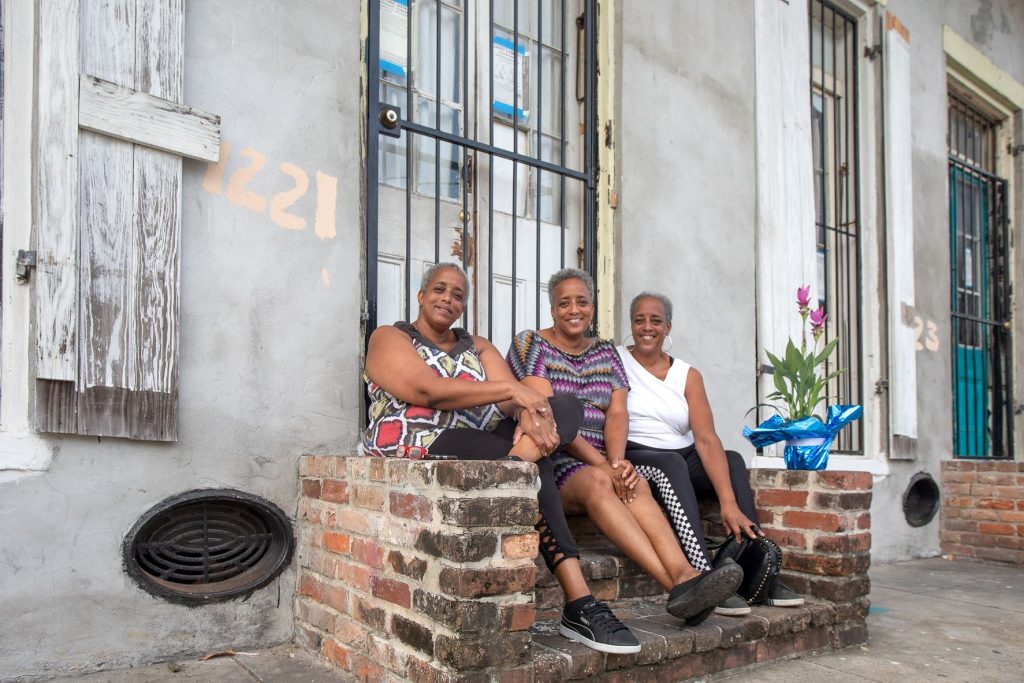
Loan Loss Reserves
Loan loss reserves can be a powerful tool to share the risk and enable an organization to take on or complete a project that would otherwise be impossible. For example, private foundations can guarantee loans from lenders that might be too risky without a guarantee or make a direct loan to a deal that is higher risk and therefore not appealing to traditional lender.
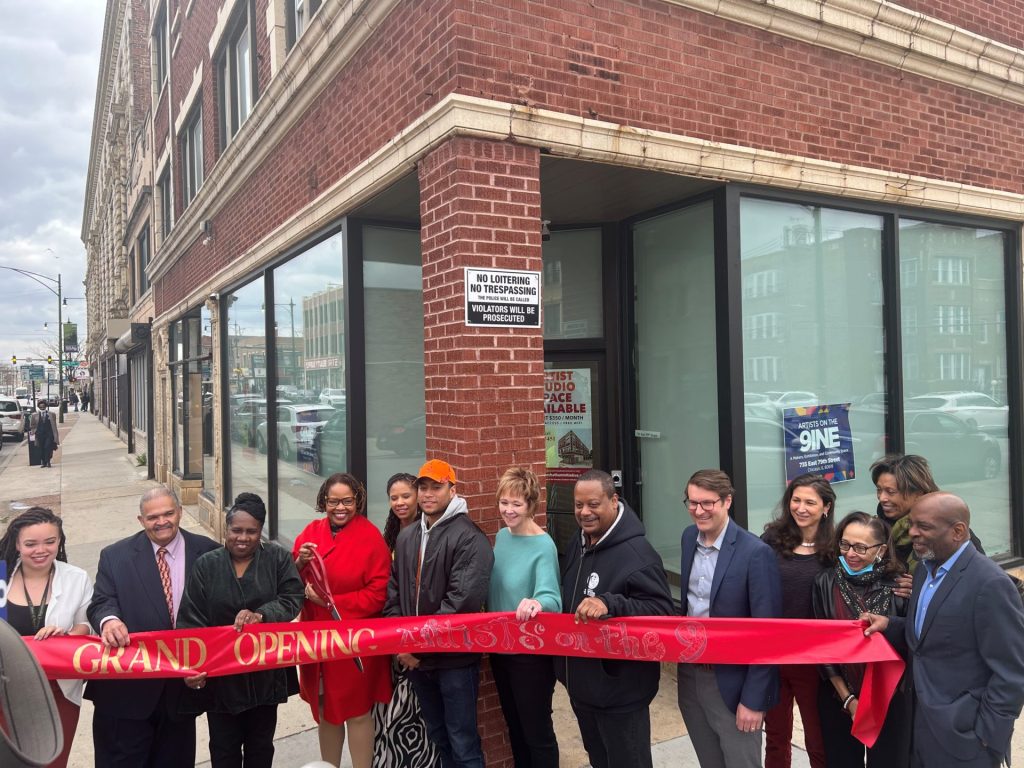
Rentals and Leases
HPRPs often sell the property, either before or after it is rehabbed. In some cases, program administrators choose to retain ownership of the properties for an extended time and use rental income or long-term lease models to sustain the maintenance costs and invest back into the program.
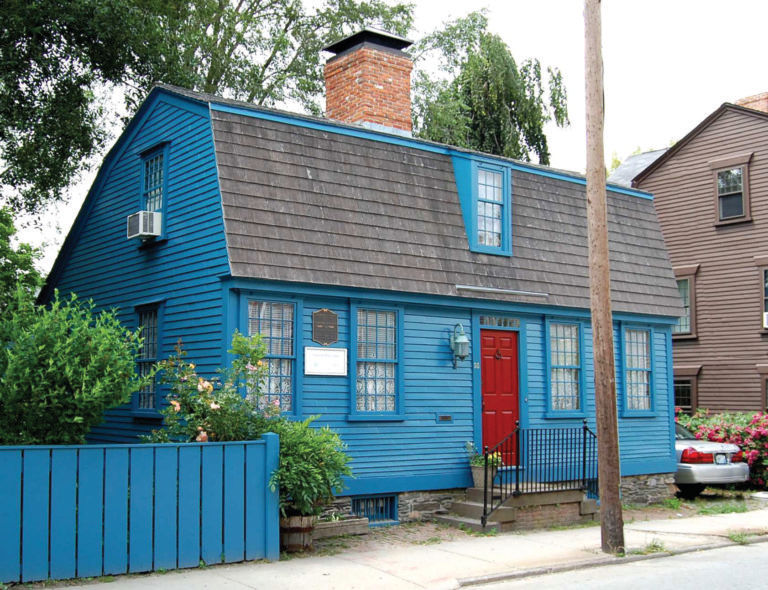
Advice
There are entire books and publications on the subject of historic property redevelopment, which we encourage you to read (see reference library below). What follows is not meant to be comprehensive, but an overview of advice on a variety of topics, from acquiring properties, to creative partnerships, to ensuring long-term affordability. Click a topic below to learn more.

Neighborhood Approach

Compatible Infill

Hot Markets
People and Projects
A changing sample of the people and projects that are transforming lives, neighborhoods, and whole communities.
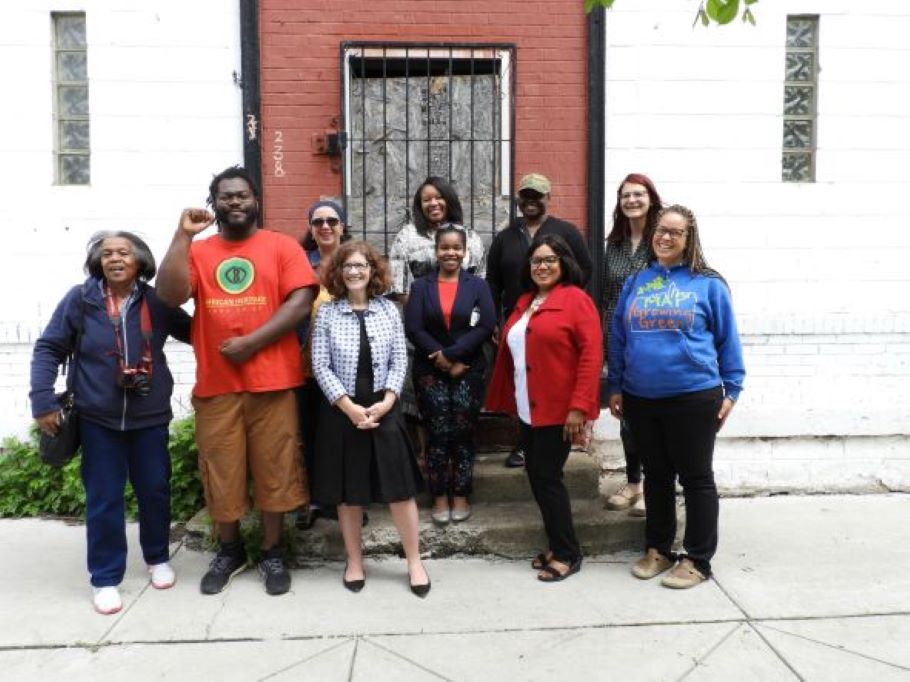
African Heritage Co-Op and Preservation Buffalo Niagara
Leadership of The African Heritage Co-Op in Buffalo, NY. An early recipient of Preservation Buffalo Niagara’s Revolving Loan Fund, the historic building will be rehabbed to be the home of a community operate co-op that promotes health and wellness, provides jobs, empowers communities, and uses an ownership model to secure their food system.
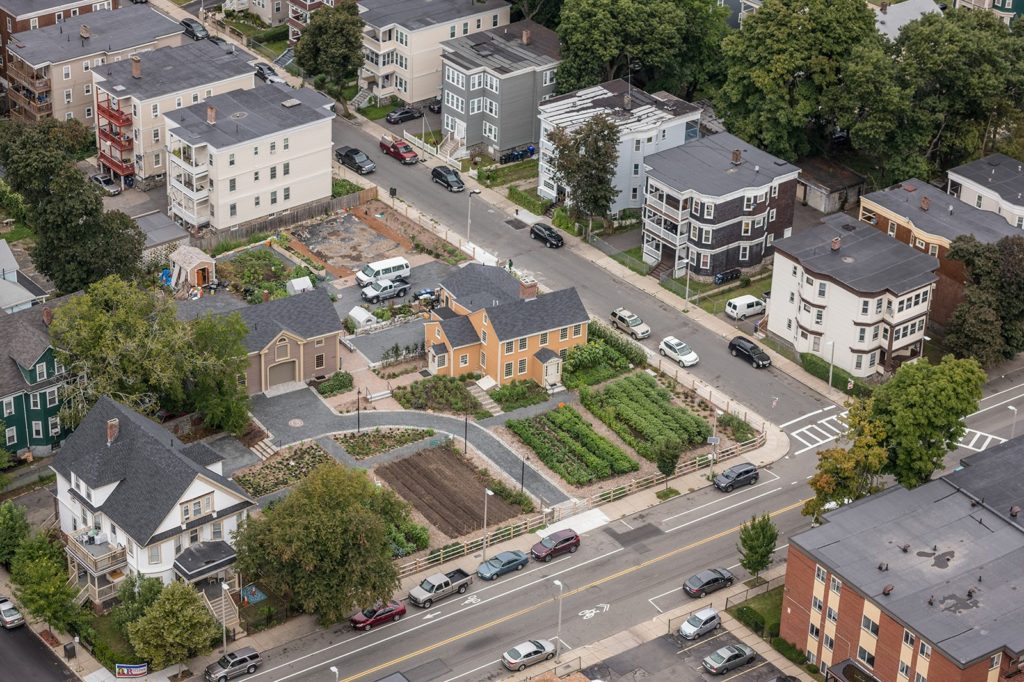
Historic Boston, Incorporated: Fowler Clark Epstein Farm
The Fowler Clark Epstein Farm, in Mattapan, MA, built between 1786 and 1806, is now a center for urban farming education and training. Historic Boston, Inc. worked with the Urban Farming Institute and other partners to rehabilitate the house, barn, and land in the middle of a densely-populated neighborhood in Boston.
Photo credit: Peter Vanderwalker
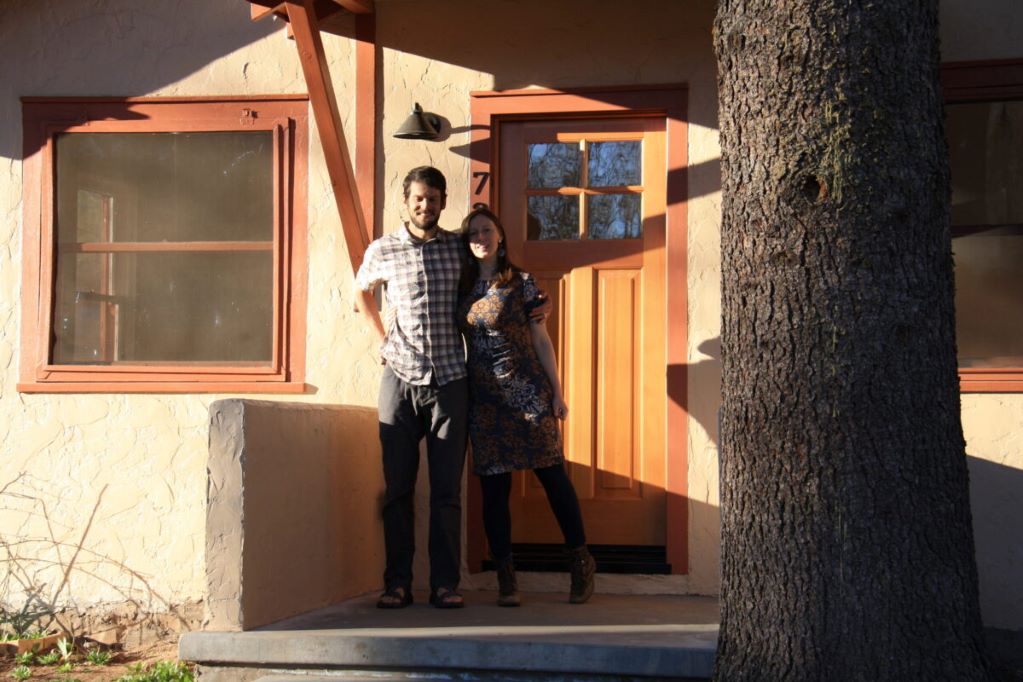
Townsite Community Land Trust
New homeowners, thanks to the work of the Townsite Community Land Trust in Flagstaff, AZ, which creates permanently affordable housing while preserving historic homes.
Reference Library
Follow the button below to access the reference library, which includes books, articles, videos, and other information related to revolving funds, historic property redevelopment programs, easements, and more. They range in time from the genesis of revolving fund programs in the 1970s to today, providing an archive of the structures and impacts of these important tools.
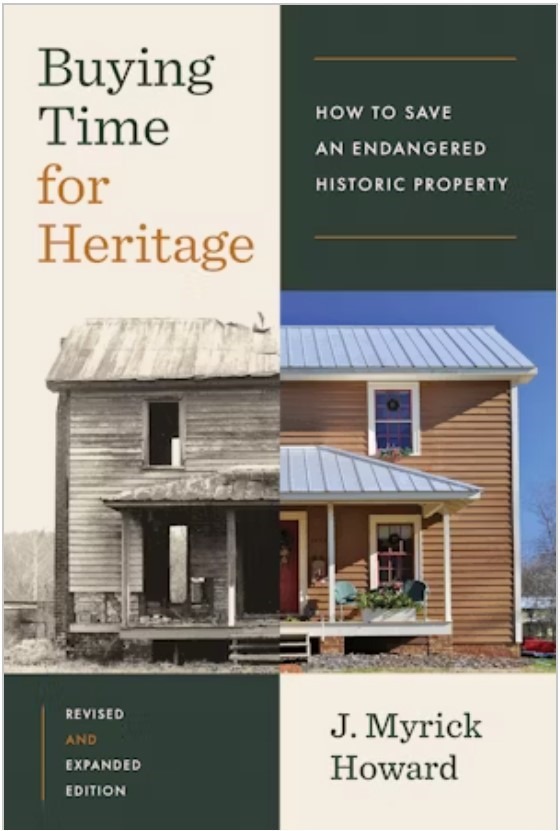
Sample publications below. Click the button to access the full reference library.
- Buying Time for Heritage: How to Save an Endangered Historic Property, by J. Myrick Howard, 2023.
- Preservation Revolving Funds, National Trust for Historic Preservation, 2006.
- Reevaluating the Role of Acquisition-Based Strategies in the Greater Historic Preservation Movement, Jess R. Phelps. Virginia Environmental Law Journal, Vol. 34: 399-456.









